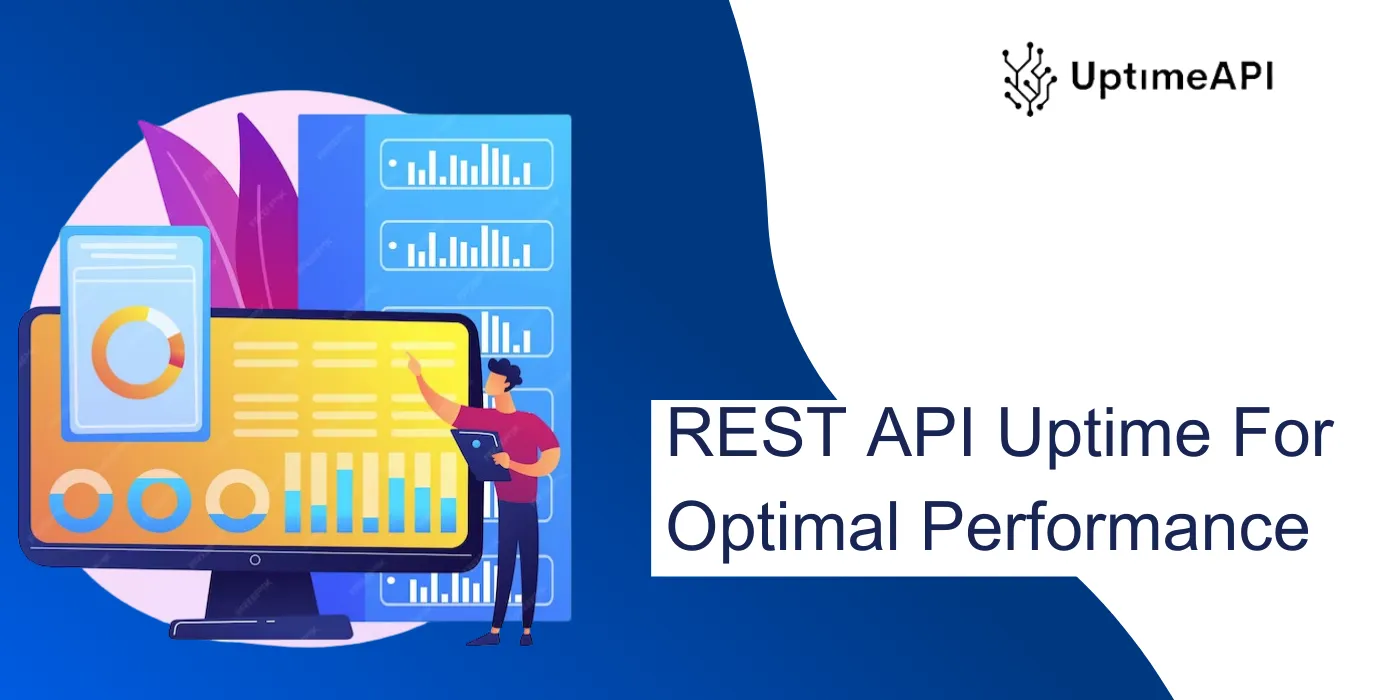REST API Uptime For Optimal Performance

In the realm of software development, REST APIs (Representational State Transfer Application Programming Interfaces) have emerged as a popular choice for building scalable and flexible web services. These APIs play a crucial role in enabling communication between different systems and applications. However, ensuring the uptime and performance of REST APIs is essential for delivering a seamless user experience and maintaining the efficiency of digital operations. With tools like UptimeAPI, developers can monitor and optimize the uptime of their REST APIs to achieve optimal performance.
Understanding the Importance of REST API Uptime
Seamless User Experience
REST APIs serve as the foundation for various web and mobile applications, facilitating data exchange and interaction between clients and servers. Any downtime or performance issues in REST APIs can disrupt the user experience, leading to frustration and decreased user engagement. By ensuring high uptime for REST APIs, developers can provide a smooth and uninterrupted experience to users, enhancing satisfaction and retention.
Business Continuity
For businesses relying on REST APIs to power their applications and services, uptime is critical for maintaining continuous operations and revenue generation. Even a short period of API downtime can result in financial losses, reputational damage, and customer dissatisfaction. Monitoring and optimizing the uptime of REST APIs is essential for ensuring business continuity and mitigating the impact of potential disruptions.
Performance Optimization
Optimizing the uptime of REST APIs goes hand in hand with enhancing performance and scalability. Consistently high uptime indicates that the API can handle user requests efficiently, deliver responses promptly, and scale to accommodate increasing loads. By monitoring and improving the uptime of REST APIs, developers can optimize performance parameters such as response times, error rates, and throughput, ensuring optimal performance under varying conditions.
Leveraging UptimeAPI for Monitoring REST API Uptime
Key Features of UptimeAPI for REST APIs
- Real-time Monitoring: UptimeAPI offers real-time monitoring capabilities, enabling developers to track the uptime and availability of their REST APIs continuously.
- Alerts and Notifications: Developers can set up alerts and notifications in UptimeAPI to receive instant updates on API downtime or performance issues, allowing for timely intervention and resolution.
- Historical Data Analysis: UptimeAPI provides historical data analysis tools that allow developers to review past uptime performance, identify trends, and make informed decisions for optimizing API uptime.
- Performance Metrics Tracking: Developers can leverage UptimeAPI to track performance metrics such as response times, error rates, and availability percentages, gaining insights into the overall health and performance of their REST APIs.
Benefits of Using UptimeAPI for REST API Uptime Monitoring
- Improved Reliability: By monitoring and optimizing the uptime of REST APIs with UptimeAPI, developers can enhance the reliability and availability of their services, ensuring consistent performance for users.
- Enhanced User Satisfaction: High uptime for REST APIs translates to a seamless user experience, leading to increased user satisfaction, engagement, and retention.
- Business Continuity: Monitoring REST API uptime with UptimeAPI helps businesses maintain continuity in operations, minimize downtime-related losses, and uphold their reputation in the market.
- Performance Optimization: UptimeAPI enables developers to identify performance bottlenecks, optimize API response times, and enhance scalability for improved performance under varying workloads.
Conclusion
In conclusion, monitoring and optimizing the uptime of REST APIs is essential for achieving optimal performance, ensuring business continuity, and delivering a seamless user experience. Tools like UptimeAPI provide developers with the capabilities to track, analyze, and enhance the uptime of their REST APIs, enabling them to maintain high reliability, scalability, and efficiency. By leveraging UptimeAPI for REST API uptime monitoring, developers can proactively address downtime issues, optimize performance parameters, and ultimately deliver high-quality services to users. Embracing uptime monitoring as a key practice in REST API development is crucial for driving success in the digital landscape and fostering customer satisfaction and loyalty.